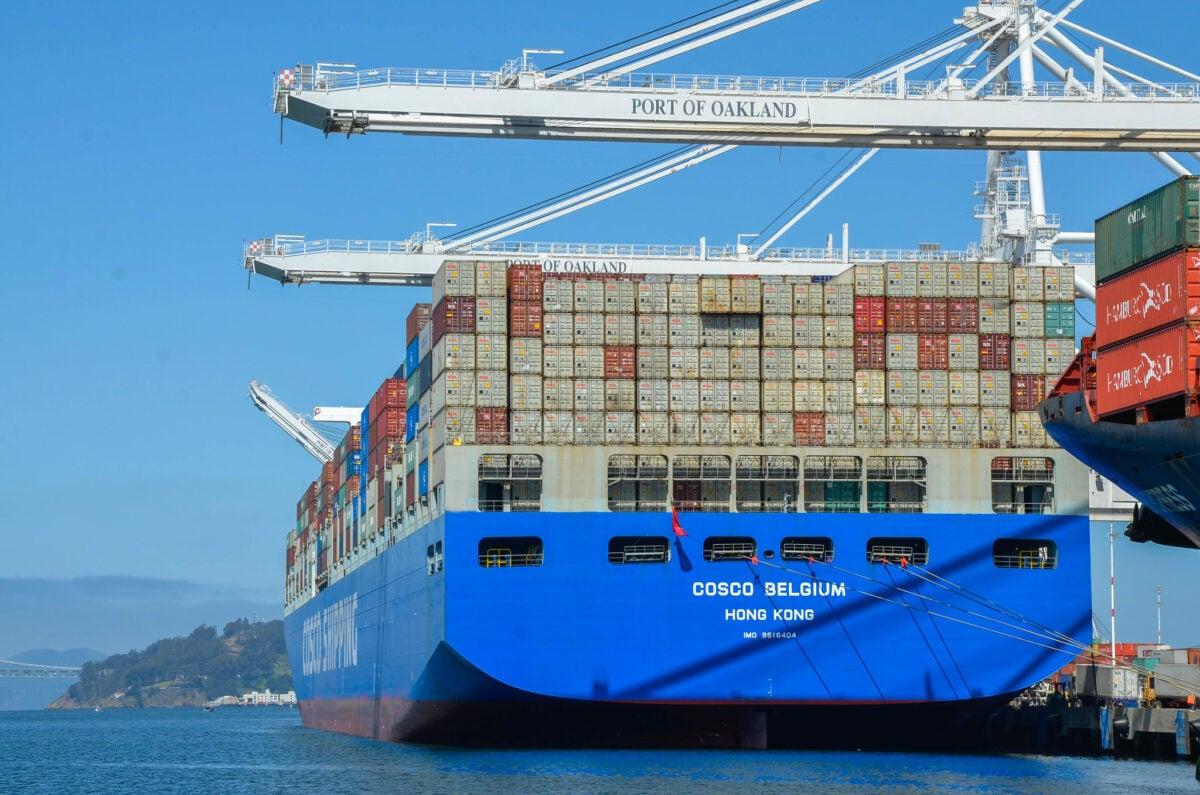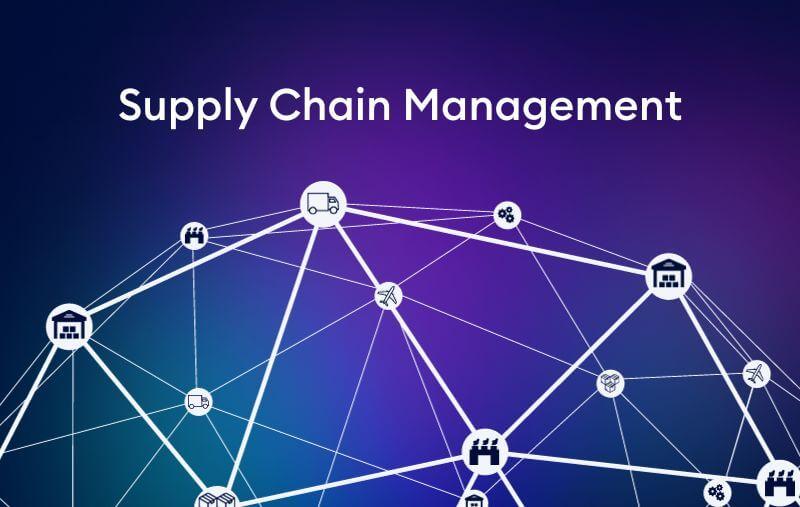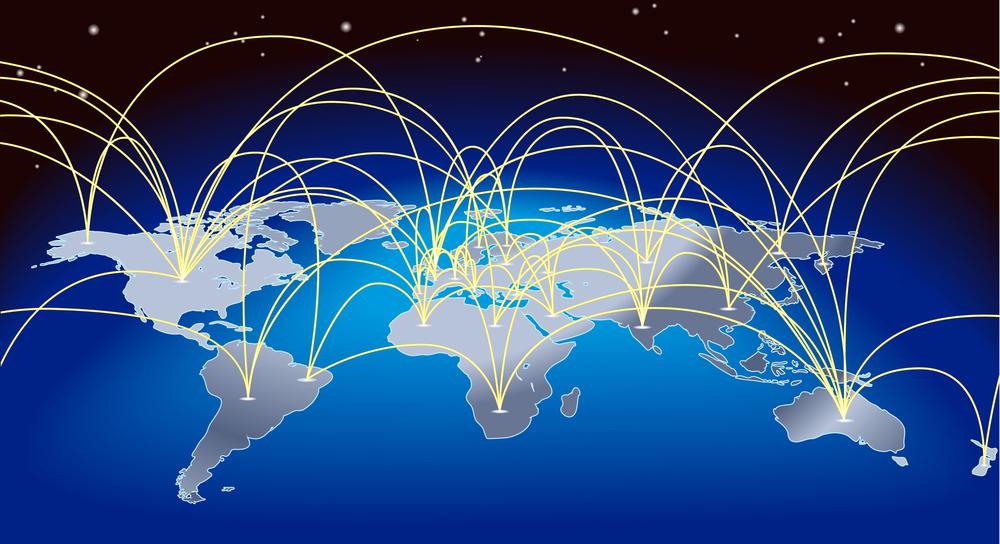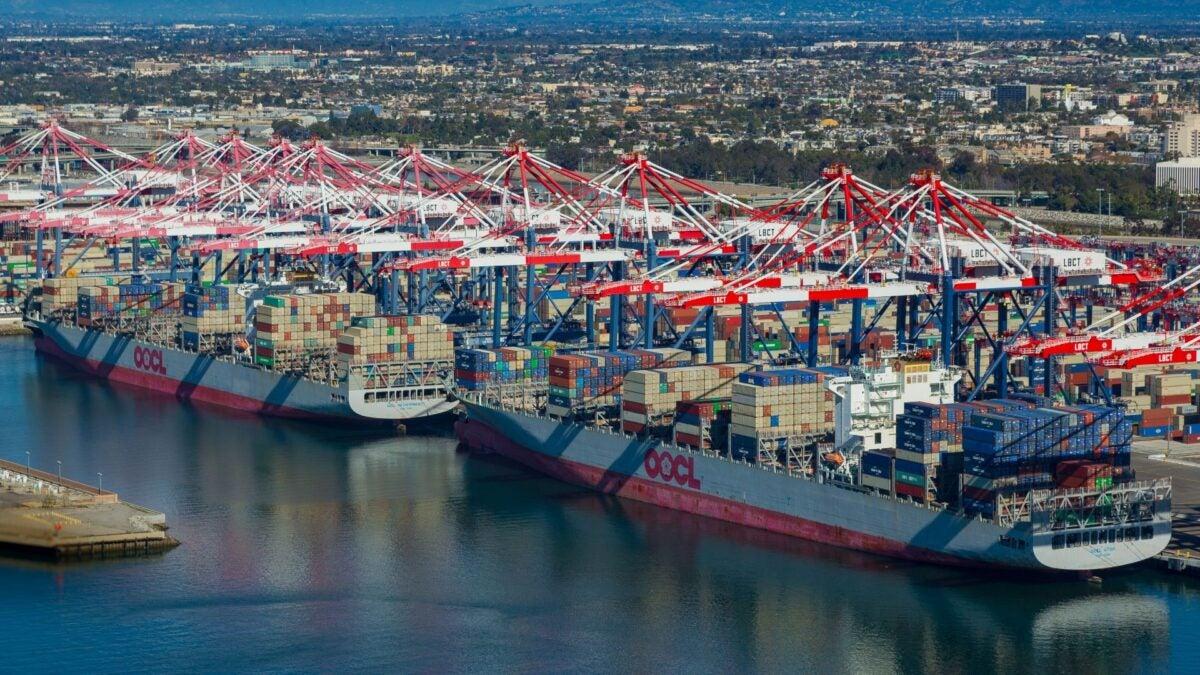As the winds of trade war continue to blow between the United States and China,the latest wrinkle in the saga has surfaced at US ports. With tensions running high and supply chain uncertainty on the rise, the imposition of port charges on China vessels is the latest twist in this gripping economic drama. Join us as we delve into the implications of this growth and its impact on global commerce.
Impact of US port charges on China vessels
The recent imposition of increased port charges by the US on vessels from China has sent ripples through the global supply chain, adding another layer of complexity and uncertainty to an already volatile market. With tensions between the two economic powerhouses escalating, the impact is being keenly felt by shipping companies, manufacturers, and ultimately, consumers.
The key repercussions of these elevated charges include:
- Heightened operational costs for Chinese vessels navigating US waters.
- Increased lead times and potential delays in deliveries.
- Strategic reconsideration of supply chain routes and partners.
| Challenges: | solutions: |
|---|---|
| Cost inflation | Negotiation of contractual terms |
| Uncertainty | Diversification of sourcing locations |

Challenges to supply chain management
One of the key challenges facing supply chain management today is the impact of US port charges on vessels coming from China. These additional charges have added a layer of uncertainty to the supply chain, making it harder for businesses to forecast costs and timelines accurately. This has led to disruptions in the flow of goods and increased operational challenges for companies relying on the efficient movement of goods between the two countries.
Furthermore, the escalating trade tensions between the US and China have only served to exacerbate the situation, creating a climate of unpredictability for supply chains. Companies are now grappling with fluctuating tariffs, changing regulations, and geopolitical complexities that are reshaping the global trade landscape.In such a volatile environment, supply chain managers must remain agile and adaptable to navigate these challenges and ensure the smooth operation of their supply chains.

Navigating uncertainties in international trade
As tensions between the US and China escalate, the recent decision to impose port charges on China vessels has added another layer of complexity to the already turbulent global supply chain. This move has sent shockwaves through the international trade community, fueling concerns about increased costs and potential disruptions in the flow of goods.
The situation highlights the importance of adaptability and strategic planning for businesses involved in international trade.To mitigate the impact of such uncertainties, companies may need to explore alternative routes, consider diversifying their supplier base, and closely monitor developments in trade policies.Adaptability and foresight will be key in navigating the unpredictable terrain of today’s international trade landscape.

Strategies for mitigating financial risks
The recent imposition of US port charges on China vessels has further exacerbated the existing supply chain uncertainty in the global economy. With the ongoing trade tensions between the two economic giants, businesses are faced with heightened financial risks that require strategic planning and proactive measures to mitigate.
Here are some effective strategies that companies can implement to navigate these challenging times:
- Diversification of Suppliers: Reduce dependency on a single market by sourcing raw materials from multiple suppliers across different regions to minimize the impact of geopolitical disruptions.
- Risk Assessment and Contingency Planning: Conduct thorough risk assessments to identify potential financial risks and develop contingency plans to address any disruptions in the supply chain.
- Supply chain Visibility: Enhance openness in the supply chain by leveraging technology to track and monitor the movement of goods, allowing for fast responses to any disruptions.
Wrapping Up
As port charges on China vessels continue to fuel supply chain uncertainty, the intricate web of global trade faces yet another obstacle to navigate. The ripple effects of these mounting charges may reverberate across industries far and wide, underscoring the ever-evolving landscape of international commerce. With each twist and turn in the intricate dance of global supply chains, the only certainty remains the constant need for adaptation and resilience in the face of change. As stakeholders grapple with the shifting tides of tariffs and fees, the future of the supply chain hangs in the balance, poised at the intersection of uncertainty and possibility.












